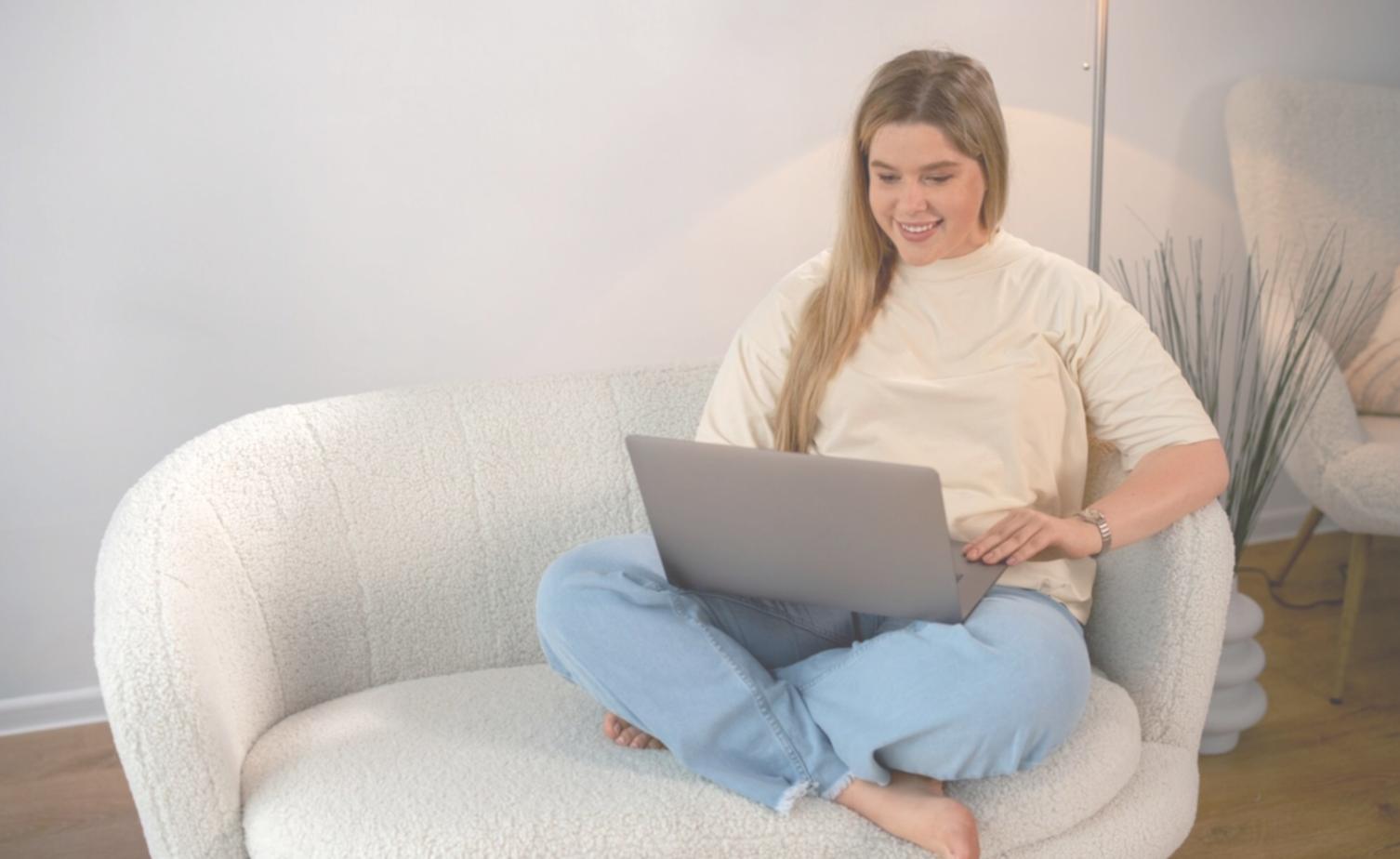Design Your Perfect Remote Learning Space
Transform any corner into a productivity powerhouse
Your environment shapes everything. Whether you're working from a kitchen table or a dedicated office, the right setup can dramatically improve your focus, retention, and overall learning success. I've spent years helping professionals create spaces that actually work.
The trick isn't having expensive equipment—it's understanding how lighting, organization, and psychological triggers combine to keep your brain engaged during those long study sessions.

Essential Environment Setup
Lighting Strategy
Natural light from your left side prevents shadows while screen work. Add a warm desk lamp for evening sessions—blue light after 7 PM disrupts sleep patterns.
Sound Control
Background noise around 50-60 decibels actually improves creativity. Try coffee shop sounds or instrumental music instead of complete silence.
Temperature Balance
Keep your space between 68-72°F. When you're slightly cool, your brain works harder to maintain focus. Too warm leads to drowsiness.
Organization Systems
Everything needs a home. Use the "one-touch rule"—when you pick something up, either use it immediately or put it in its designated spot.
Remember, small adjustments compound over weeks. Don't try to perfect everything at once—pick one element and get it right before moving to the next.
Expert Perspective

Dr. Miranda Chen
Learning Environment Specialist
-
Your chair height should let your elbows rest at 90 degrees. Most people sit too low, causing shoulder strain and reduced concentration.
-
Place a small plant or natural element in your peripheral vision. It reduces eye strain and provides mental micro-breaks.
-
Keep a water bottle and healthy snacks within arm's reach. Getting up for basics breaks your flow state.
-
Use the 20-20-20 rule: every 20 minutes, look at something 20 feet away for 20 seconds. This prevents digital eye fatigue.
-
Dedicate specific spots for different activities. Your brain learns to associate locations with behaviors automatically.